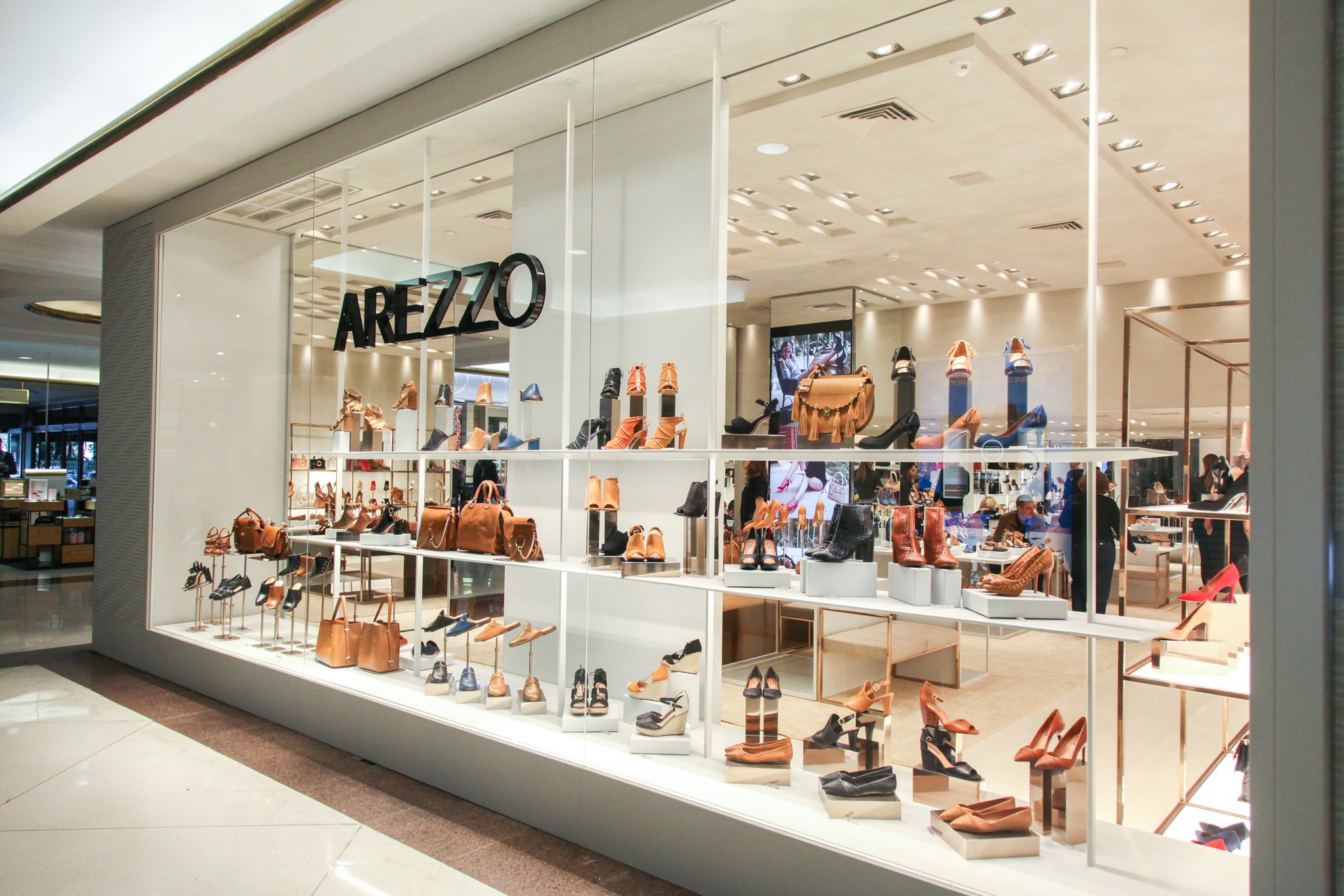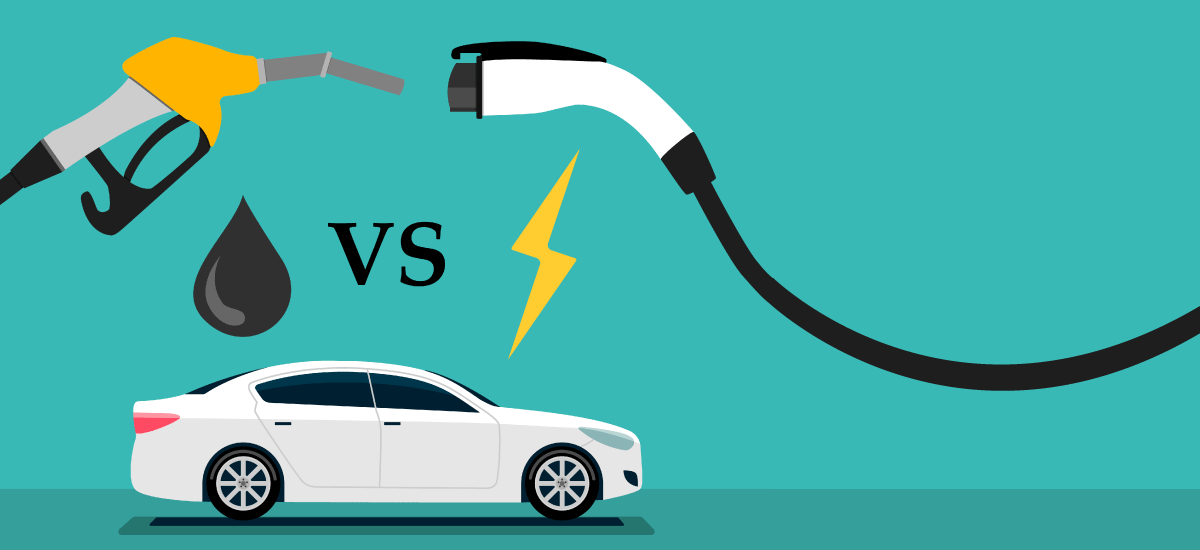At the end of 2021, concerns over weak economic activity dominated the debate over the direction of monetary policy. At the beginning of 2022, recent news suggests even higher interest rates, and for a prolonged period. High commodity prices, worrisome surprises in current inflation, high fiscal risk, still unanchored inflation expectations, and the more challenging external backdrop drive an even more heated debate about the direction of interest rates.
In a survey conducted by Valor with 112 financial and consulting firms, there is a unanimous expectation that the Selic will be raised this week by 150 basis points to 10.75%, in line with what was signaled by Central Bank’s Monetary Policy Committee (Copom) in December. Brazil’s benchmark interest rate was at double-digit levels for the last time in July 2017.
The survey also shows that the median of market estimates for the Selic at the end of the current monetary tightening cycle is up. Before the December meeting, the median indicated a rate of 11.75%. Now, the estimates have risen to 12%.
“The inflation picture remains bad since the [Copom’s] last meeting, and a set of risks signal higher interest rates,” said Aurélio Bicalho, chief economist at Vinland Capital, who projects the Selic at 12.75% at the end of the cycle, in May. Besides the domestic inflation and the uncertainty about Brazil’s public accounts, the more hawkish signals from the U.S. Federal Reserve, which suggests a cycle of faster interest rate hikes in the United States, make the scenario faced by Brazilian policymakers more challenging, he said.
The preliminary official inflation report for January (IPCA-15) unveiled last week brought worse-than-expected cores and diffusion figures, which concerned market players even more. Given this context, Valor also collected inflation projections for 2022 and 2023, the years that make up the relevant horizon of monetary policy.
The median of 110 estimates for this year’s inflation was 5.24%, compared to 5% in the last survey conducted in 2021. The inflation target for this year is 3.5% and the top of the target range is 5%. Of the total, 82 analysts (74.5% of the sample) already project Brazil’s benchmark inflation index IPCA at 5% or more at the end of this year. For 2023, the midpoint of 107 estimates collected rose to 3.4% from 3.3%.
“The likelihood of a Selic rate above 11.75%, which is our current projection, has grown,” said Simone Pasianotto, chief economist at Reag Investimentos. “The persistence of inflation, which shows more inertial signs and a strong pressure from food, has put a question mark over what the peak of the Selic will be.” The economist predicts the IPCA at 5.7%, above the market consensus.
HSBC was among those projecting a slower pace of interest rate hikes from February’s Copom meeting on but changed its mind and now expects an even stronger tightening. “There wasn’t enough time between December and now for the Central Bank to start slowing down,” said Ana Madeira, the bank’s chief economist for Brazil, which sees the Selic at 11.75% at the end of the cycle.
“Inflationary pressures have resurfaced at the beginning of the year; oil is at very high levels and there may be new pressure on food due to bad weather conditions,” she added. Although the data surprised upwards at the beginning of the year, she expects the coming months to show a major slowdown in inflation, with potential positive surprises such as electricity prices. HSBC projects that the IPCA will end the year at 4.2%, well below the market consensus.
With inflationary and external risks very much in the background, the agents will be mainly attentive to the Copom’s statements about the next steps. Economists are divided about the signals that the committee will give to the markets. One group argues that the Central Bank tends to maintain its tough tone in the fight against inflation and in rebalancing expectations, and point to a new interest rate hike in March of the same magnitude or a little less – of 100 basis points. Another group, however, believes that policymakers may not define the projected pace of tightening at the March meeting, given the higher than usual level of uncertainty.
“It seems that they will release a bit more open statement regarding what they will do in March, but we expect another tough statement. They have nothing to gain by being dovish at the moment, given the challenges of current inflation, expectations that remain above the target and a tighter monetary policy environment looming abroad,” said Claudio Ferraz, BTG Pactual’s chief economist for Brazil.
The bank’s scenario includes, besides the 150 basis points increase in interest rates now, a new 100 basis points hike in the Selic in March, followed by a final 50 basis points increase in May, which would take the basic rate to 12.25% — a level that would be maintained at least until December. Mr. Ferraz notes that at the beginning of the year the market’s mood changed as it started to pay more attention to the more pressured current inflation and to statements about monetary policy in the developed world, which pushed weak activity to the back burner.
Mr. Ferraz believes that the Copom may start slowing down interest rate hikes without signaling the magnitude of the increase. In addition, the absence of commitment with the next step to be taken “is the best stance amid volatility and uncertainty due to internal issues as well as external factors.”
André Loes, the chief economist for Latin America at Morgan Stanley, foresees that the Central Bank will remain willing to “doing whatever it takes” to deal with inflation, but without committing to a 150 basis points hike for the next meeting, under the risk of “ending up in a situation where it reaches a higher terminal rate than it would like.” The bank forecasts a basic interest rate of 12.25% at the end of the cycle, in May.
“I believe that the Central Bank will explain that the real interest rate, after the February hike, will already be quite high,” he said. Mr. Loes also believes that the monetary authority will become “data-dependent.” In other words, it will take future decisions based on indicators and, thus, leave the door open for slowing down interest rate hikes in March.
Morgan Stanley projects a 100 basis points hike in March and 50 basis points in May, when the cycle would come to an end. Furthermore, the U.S. bank is among those already projecting an interest rate cut this year, which would take place after the elections and reduce the Selic to 11.25% at the end of this year.
Andressa Castro, chief economist at BNP Paribas Asset Management, believes that the Copom may indicate on Wednesday the “beginning of the end of the cycle” of Selic tightening. “We see a more gradual adjustment due to the more benign behavior of implicit inflation in the market and by the stabilization of inflation expectations from Focus,” she said, citing the Central Bank’s weekly survey with economists.
According to data from Renaissance, there was an accommodation of implicit inflation, which is extracted from NTN-Bs, government bonds indexed to the IPCA – especially the shorter-term ones. In addition, the short-term IPCA coupon futures contracts (DAP) also show some relief. At Friday’s closing, the DAP pointed to an inflation rate of 5.43% this year and 5.25% in 2023.
Ms. Castro makes a caveat that, however, reductions in the Selic may only happen in 2023, should the fiscal deterioration scenario materialize, given that “today’s tax waiver becomes tomorrow’s inflation.”
“If, after the elections, there is no stress on the exchange rate in such a way as to compromise inflation and if expectations for 2023 and, mainly, for 2024, due to the displacement of the relevant horizon, are anchored, it would indeed be possible to reduce interest rates this year. However, we see this as not so likely and expect the interest rate to fall only in 2023,” the economist said.
Mr. Bicalho, with Vinland, on the other hand, is among those arguing that the most prudent thing to do would be for the Copom to maintain its tough stance and signal a new 150 basis points tightening in March. The economist notes, in particular, that the more conservative tone adopted by the monetary authority in December managed to contain the de-anchoring of inflationary expectations.
“However, there was no complete re-anchoring, looking at both market metrics and Focus itself,” he said, in reference to the median of the bulletin’s projection for the IPCA of 2023, above the center of the target. He believes that by indicating a 150 basis points hike in March, the Copom “will have a great chance to reinforce its commitment to the targets and consolidate the reanchoring process.”
Source: Valor international
https://valorinternational.globo.com/
/i.s3.glbimg.com/v1/AUTH_63b422c2caee4269b8b34177e8876b93/internal_photos/bs/2022/j/q/4lN7Y5Ti6jxJlOX6rWUQ/starlink2.jpg)





/i.s3.glbimg.com/v1/AUTH_37554604729d4b2f9f3eb9ad8a691345/internal_photos/bs/2022/d/f/7Ct9SfQqCQTT2U53VKdQ/sd-valor-06.01.201719029.jpg)


